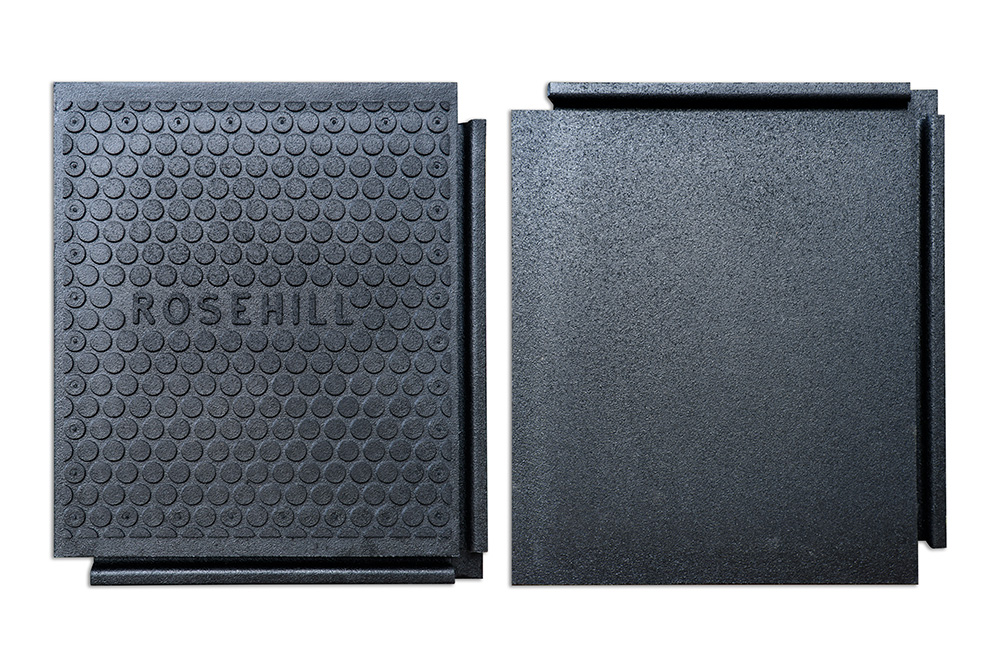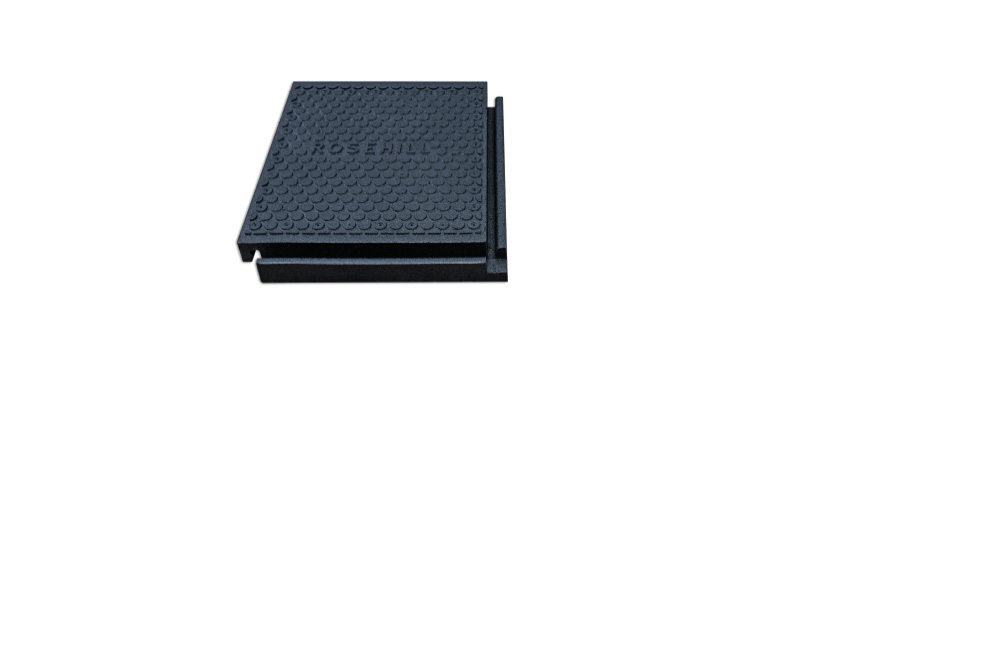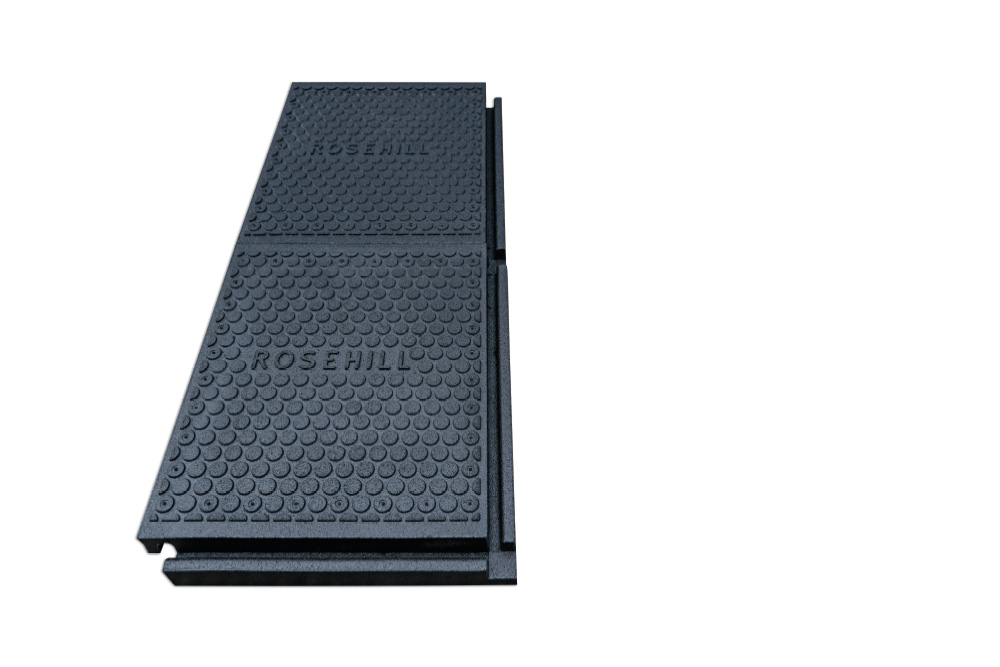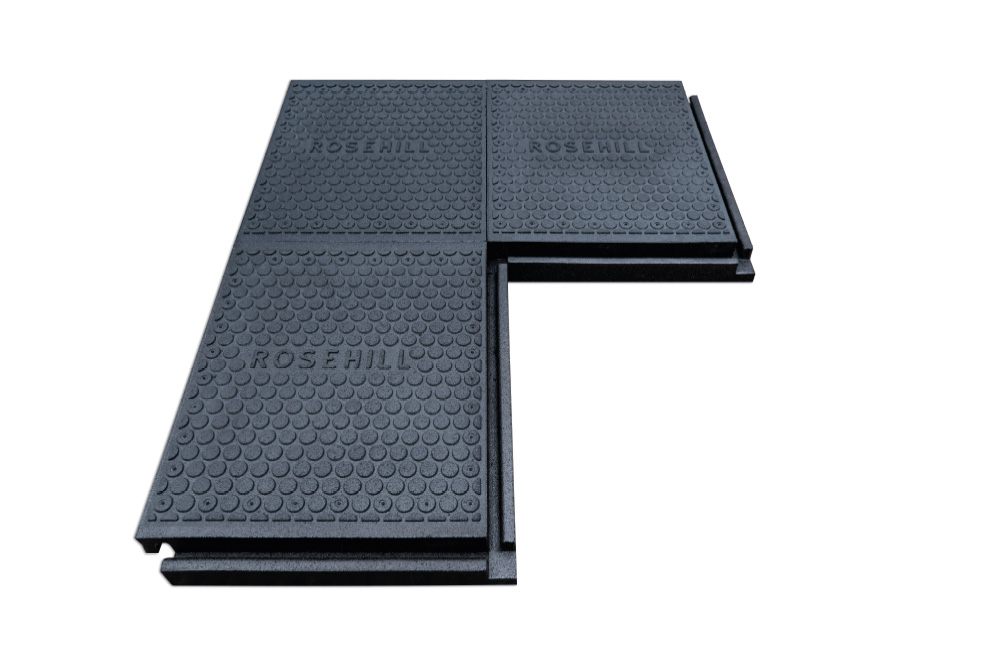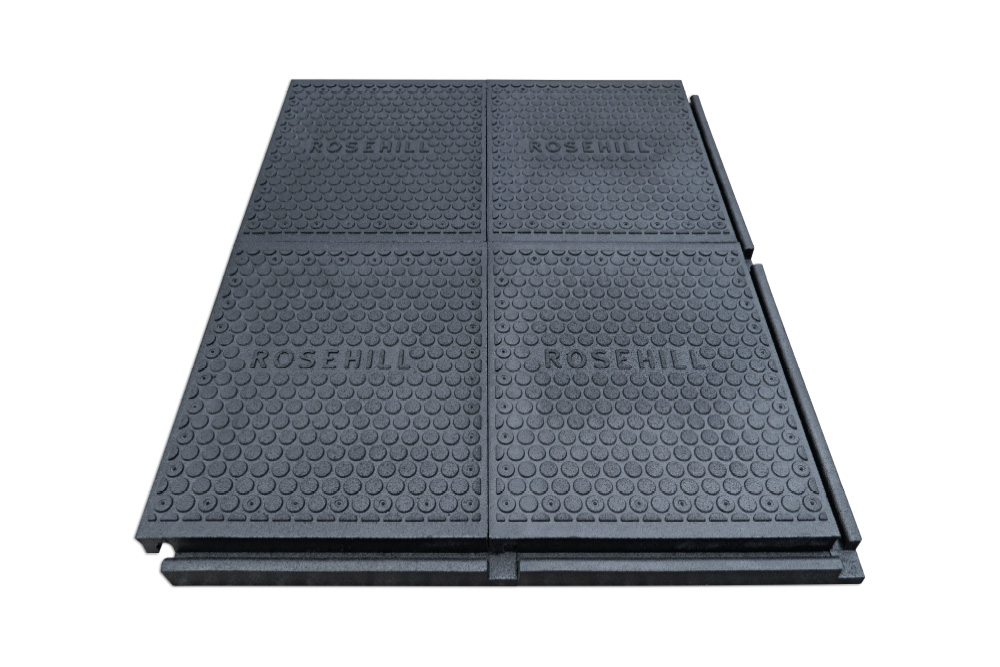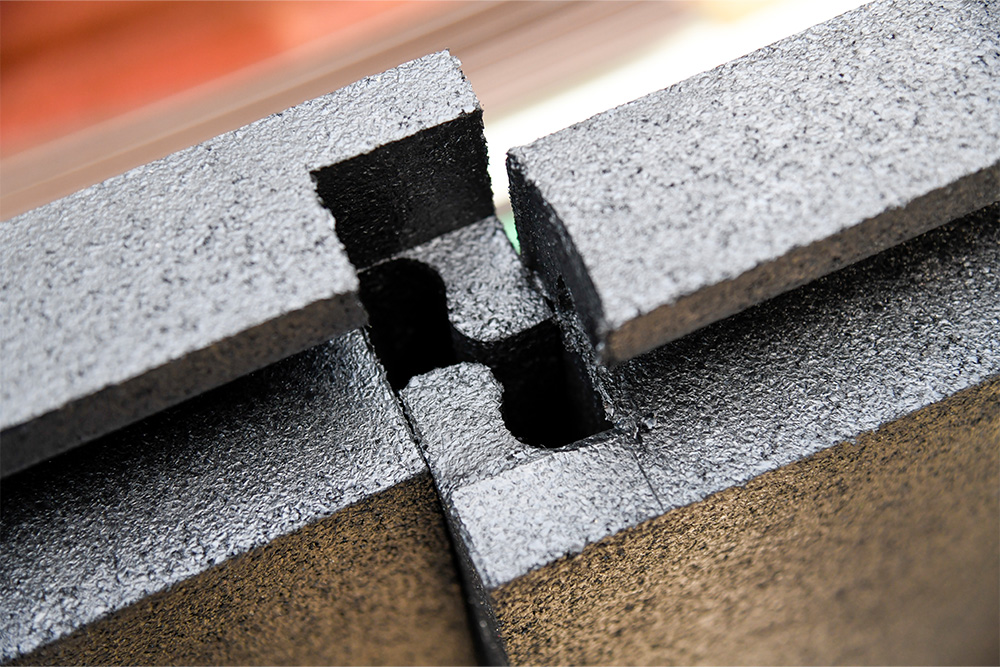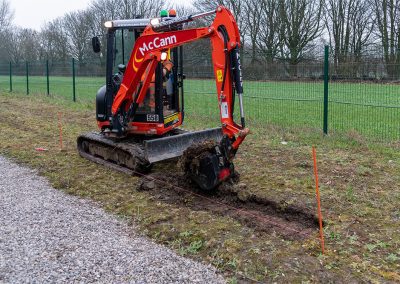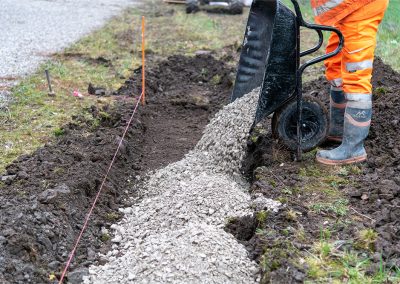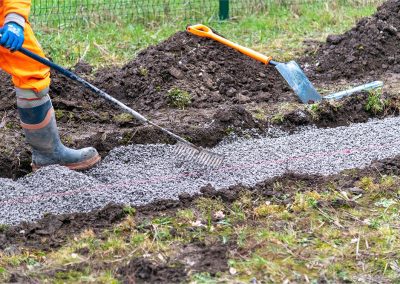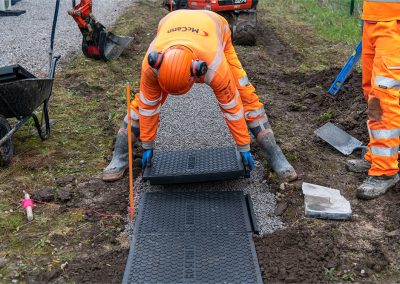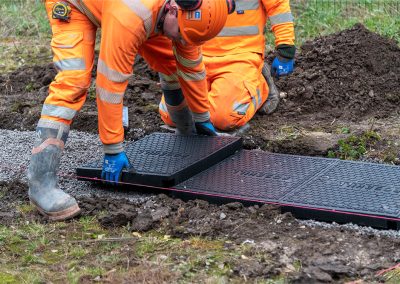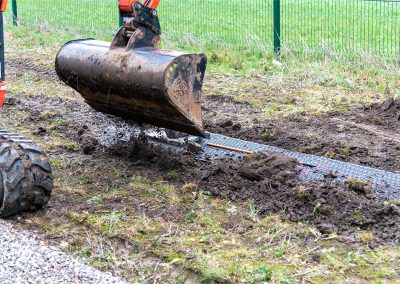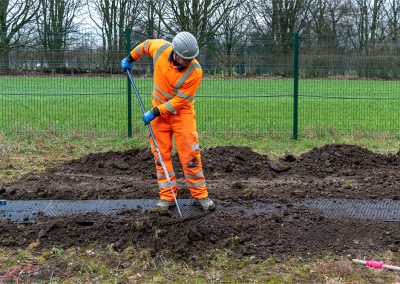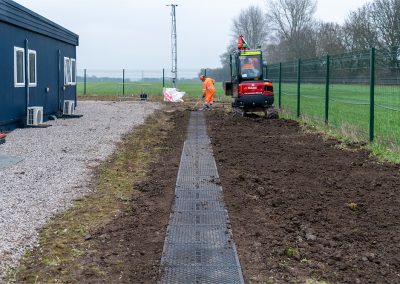Walkway Panels
The Rosehill Walkway Panel offers a more secure, sustainable, and cost-effective alternative to traditional concrete paving blocks and aggregate footpaths.
With a design life exceeding 40 years and full reusability, these panels deliver both immediate and long-term environmental benefits.
Walkway Panel Overview
- 700mm x 500mm panel size
- Slip-resistant surface (PSV 45)
- Minimal ground preparation required
- Flexible installation options
- Weather-independent fitting
- Weed and rodent resistant design
- Modular construction system
- Recycled rubber composition
- Reduced carbon footprint versus concrete
- Quick and safe installation
- Minimal ongoing maintenance
- Enhanced worker safety
- Lower lifetime costs
- Improved access reliability
- Reduced environmental impact
- Extended service life
- Reusable and relocatable
Download the Walkway Panel brochure by clicking the link below:

